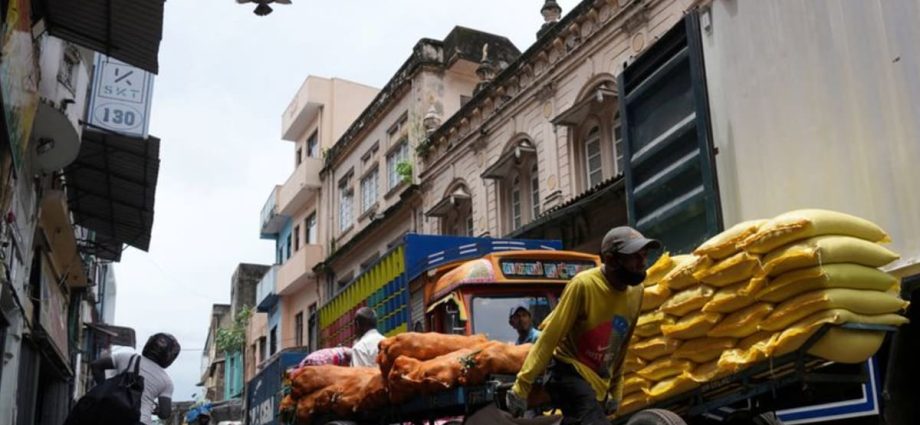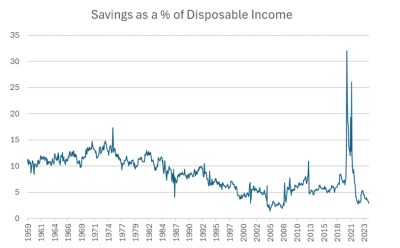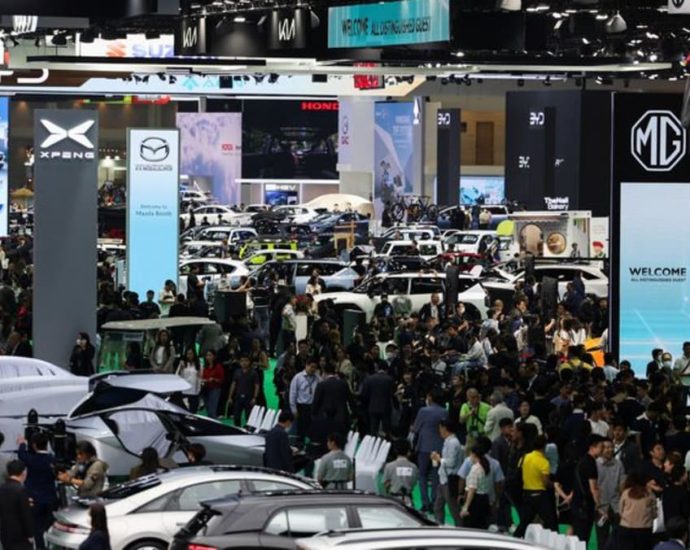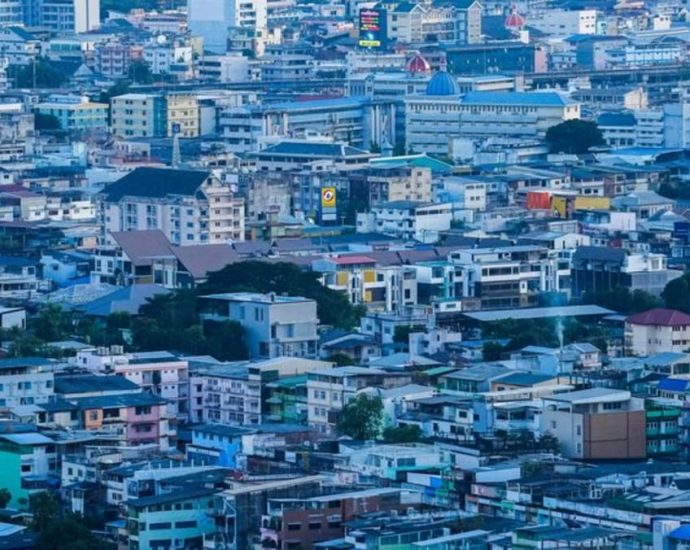Sri Lanka economy posts 4.7% growth in Q2
COLOMBO: Sri Lanka’s market grew 4.7 per share year-on-year from April to June this year, official data showed on Friday, as the island country made progress in emerging from its worst economic crisis in years. Sri Lanka’s agriculture sector grew 1.7 per cent from a year earlier, industrial output expandedContinue Reading
















